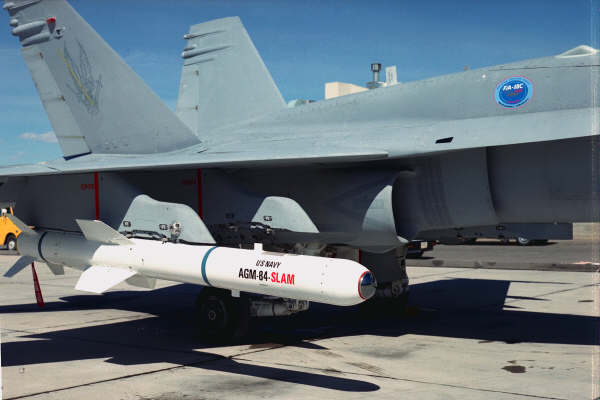PeeD
FULL MEMBER

- Joined
- Nov 28, 2014
- Messages
- 1,510
- Reaction score
- 21
- Country
- Location
@AmirPatriot
The Pantsir destroyed in Syria was most likely by Spike NLOS, not drones.
I'm talking about the mass attack by cheap drones that forced Russians to develop a miniature missile to counter such threats.
I say use 76mm AHEAD rounds instead a miniature missile.
The Spike NLOS attack is another case: Such slow missiles could have been engaged by the 76mm AHEAD round instead spending missiles on it.
Everything is possible, maybe too difficult for Iran at this point but this would be the best possible approach.
Iranians are smart and know that this is the best solution, not high fire rate guns, they proved this by going for the 100mm KS-19 with large time fused round a decade ago.
I can only hope that they at least tried the same for the Pantsir(s) project and not going for outdated concept of a high fire rate gun. In reality they probably will be forced attach two machine guns at each side to to space restrictions but lets hope.
The Pantsir destroyed in Syria was most likely by Spike NLOS, not drones.
I'm talking about the mass attack by cheap drones that forced Russians to develop a miniature missile to counter such threats.
I say use 76mm AHEAD rounds instead a miniature missile.
The Spike NLOS attack is another case: Such slow missiles could have been engaged by the 76mm AHEAD round instead spending missiles on it.
And that only uses 23 mm guns. No way is a 76 mm fitting on the same vehicle as the missiles + radar.
Everything is possible, maybe too difficult for Iran at this point but this would be the best possible approach.
Iranians are smart and know that this is the best solution, not high fire rate guns, they proved this by going for the 100mm KS-19 with large time fused round a decade ago.
I can only hope that they at least tried the same for the Pantsir(s) project and not going for outdated concept of a high fire rate gun. In reality they probably will be forced attach two machine guns at each side to to space restrictions but lets hope.












 anyway.
anyway.


